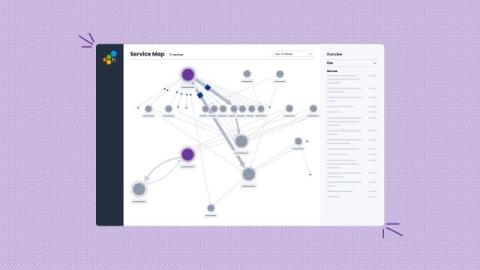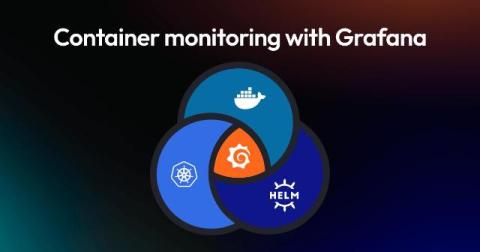Launching Your Ubuntu Confidential VM with Intel TDX on Google Cloud: A Guide to Enhanced Security
In the world of cloud computing, we rely on abstraction layers to manage complex systems. While this simplifies development, it also creates vulnerabilities for sensitive data. Traditionally, privileged software within the cloud has access to your data, and could pose a significant security risk, if not managed properly. But there’s a new way to protect your data: confidential computing.











